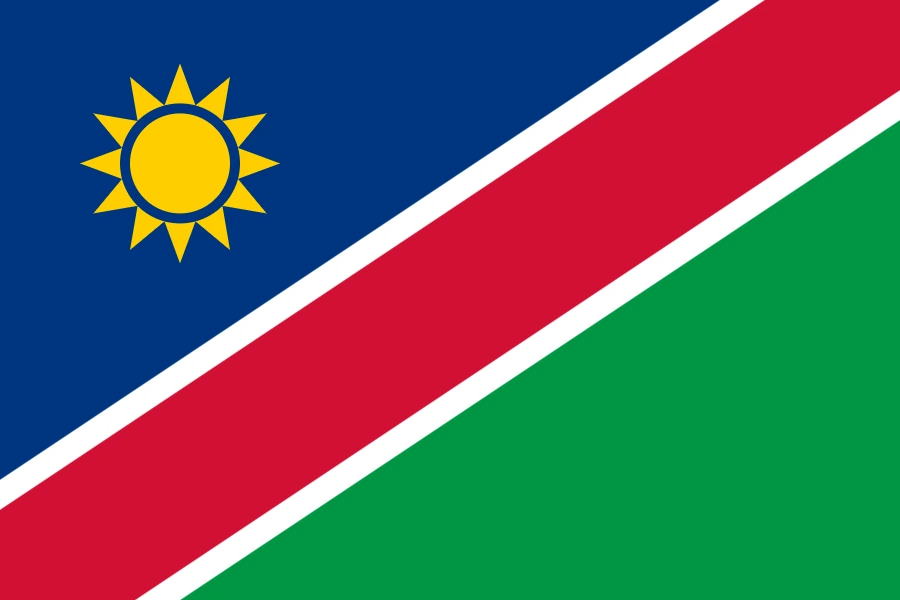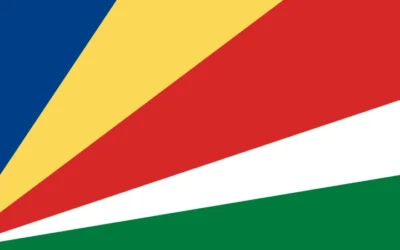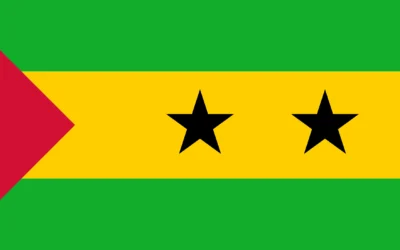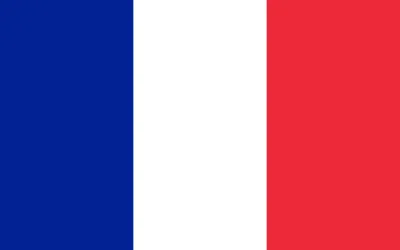Namibia Travel Guide
Discover Why You Should Visit Namibia
Why Visit Namibia?
Namibia, located in southern Africa, is known for its dramatic desert landscapes, unique wildlife, and wide-open spaces. It offers travelers the chance to explore some of the world’s most iconic natural wonders, including the towering dunes of Sossusvlei and the wildlife-rich Etosha National Park.
Its mix of African and German colonial influences creates a fascinating cultural experience, while its infrastructure makes it one of the easiest African countries for self-drive travel.
Ideal for: Wildlife lovers, photographers, road trippers, and nature enthusiasts seeking surreal beauty and adventure.
Must-Know Facts
Capital/Major City: Windhoek
Language(s): English (official), Afrikaans, German, Oshiwambo, Herero, Nama and others
Currency: Namibian Dollar (NAD), South African Rand also accepted
Best Time to Visit: May to October (dry season for game viewing and clear skies)
Fun Fact: Namibia is the second least densely populated country in the world, offering endless skies and vast, unspoiled wilderness
Top Things to Do
Climb the red dunes of Sossusvlei in the Namib Desert at sunrise
Safari through Etosha National Park to see elephants, lions, rhinos, and giraffes
Explore the eerie Skeleton Coast with its shipwrecks and windswept beaches
Visit Swakopmund for German architecture, adventure sports, and seafood
Meet Himba communities and learn about their traditional way of life
Local Culture & Lifestyle
Namibia is home to diverse ethnic groups including the Himba, Herero, San (Bushmen), Damara, and Nama. Each group maintains rich traditions in dress, language, and rituals.
Urban life blends African and European influences, particularly in cities like Windhoek and Swakopmund.
Hospitality, storytelling, and respect for nature are central elements of Namibian culture.
Food & Drink Highlights
Street Food: Kapana (grilled beef), vetkoek (fried dough bread), boerewors (farmers’ sausage)
Restaurants: German-Namibian fusion in Windhoek and Swakopmund
Drinks: Windhoek Lager, mahangu beer, rooibos tea, traditional sorghum-based brews
Desserts: Milk tart, koeksisters, and fruit-based puddings
Main Dish & Culinary Symbols
Signature Dish: Potjiekos (a slow-cooked meat and vegetable stew prepared in a cast-iron pot over fire)
Common Ingredients: Game meat (springbok, kudu), maize, sorghum, root vegetables, millet, spices
Culinary Culture: Meals are often slow-cooked and communal, reflecting a connection to land and tradition
Symbols & Icons of the Area
Natural Icons: Namib Desert, Fish River Canyon, Etosha Pan, Skeleton Coast
Cultural Icons: Himba hairstyles and attire, San rock art, German colonial buildings
Hidden Gems & Off-the-Beaten-Path
Spitzkoppe’s granite peaks and ancient rock art
Caprivi Strip for lush rivers, birdlife, and off-grid safaris
Kolmanskop Ghost Town, once a diamond mining village reclaimed by sand
Shopping & Souvenirs
What to Buy: Handcrafted Himba jewelry, San art, wooden carvings, woven baskets, gemstones
Where to Shop: Craft centers in Windhoek, Swakopmund markets, roadside vendors
Getting Around
Public Transport: Minibuses operate between towns but are infrequent
Car Rentals: Highly recommended for independent travel, especially 4x4s for remote regions
Tip: Namibia is a top destination for self-drive safaris; road conditions are generally good
Walkability: Best in towns and designated tourist areas
Travel Tips
Driving is on the left-hand side; plan fuel stops in remote areas
Pack layers – desert climates have hot days and cool nights
Permits may be required for entry to certain conservation areas or parks
Book lodging and park permits in advance during high season
Where to Stay
Budget: Backpacker lodges, community-run campsites, hostels in Windhoek and Swakopmund
Mid-range: Guest farms, safari lodges, tented camps in Etosha and Damaraland
Luxury: Private game reserves, desert eco-lodges, and beachfront properties
Unique: Sleep under the stars in rooftop tents or remote bush camps
Sample 4-Day Itinerary
Day 1: Arrive in Windhoek, explore city sights and local markets
Day 2: Drive to Sossusvlei, climb Dune 45 and visit Deadvlei
Day 3: Travel to Swakopmund for coastal activities and cultural immersion
Day 4: Return to Windhoek or extend to Etosha National Park for safari






0 Comments